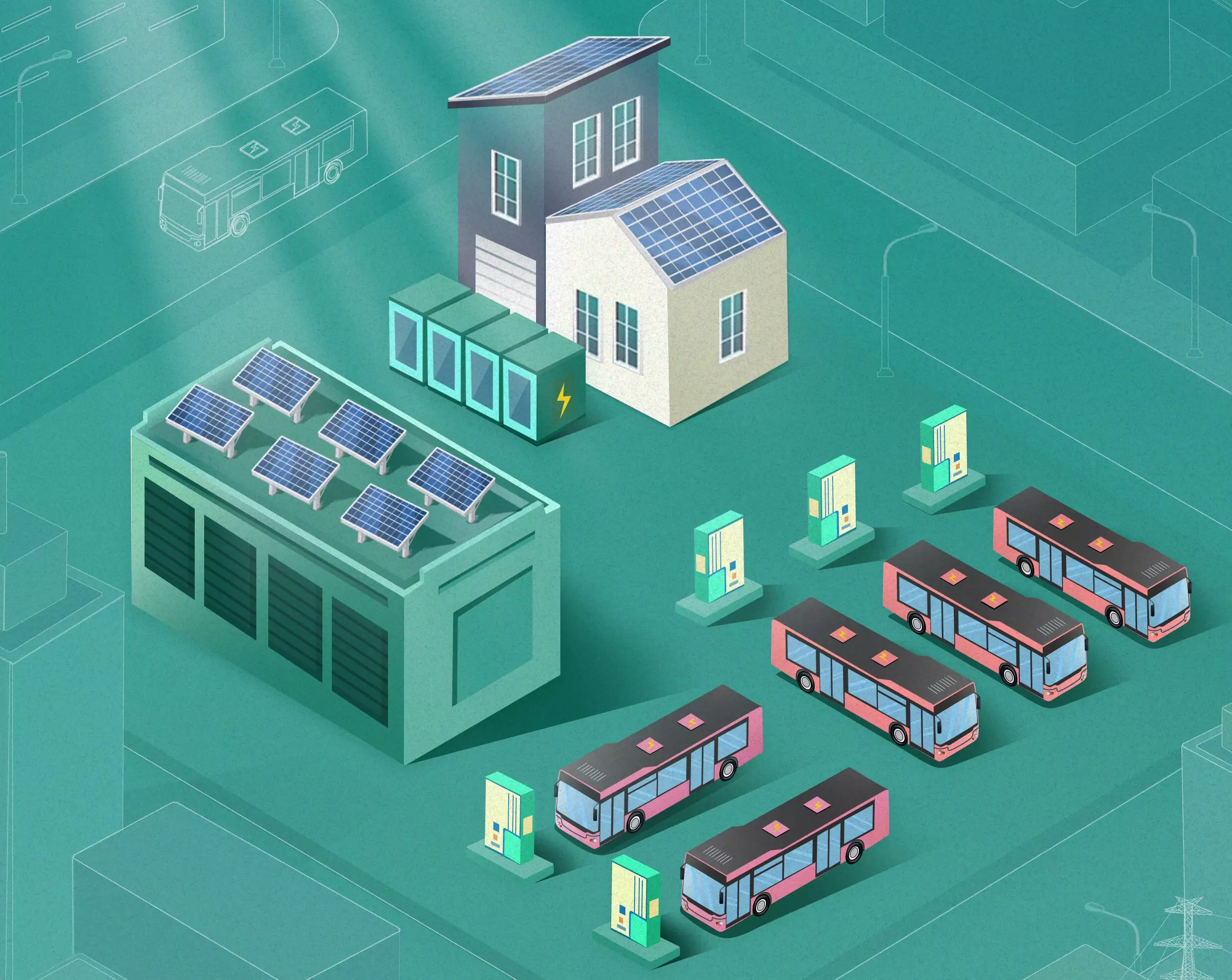In response to the pressing urgency of climate change, nations across the globe are making significant strides toward the electrification of transportation systems. This transition is part of a broader strategy to cut greenhouse gas emissions, particularly in urban areas where public transport systems are critical. Among the pioneering nations in this arena is China, which has invested heavily in the adoption of electric buses (EBs). While the shift to electric transport is touted for its potential environmental benefits, it raises important questions regarding energy consumption and the strain it may place on existing electricity infrastructures.
Research has consistently highlighted the potential of electric vehicles (EVs) to reduce carbon footprints. For instance, the International Energy Agency reported that nearly 14 million electric cars were sold in 2023, contributing to a global total of 40 million EVs on the roads. However, the unforeseen consequences of this surge—particularly in relation to the demand placed on electricity grids—necessitate a more nuanced approach to the electrification strategy. There is a growing concern about operational costs, the risk of overloads, and the broader implications of transitioning public transport fleets from traditional fuels to electric alternatives.
A recent study published in *Nature Energy* by a team of researchers from Beihang University and other institutions delves into the complexities and implications of converting public transport depots into renewable energy hubs. The research emphasizes the need for a dual focus: not only transitioning to electric transport but also ensuring that this transition is supported by renewable energy generation systems.
As noted by co-author Xiaolei Ma, the aim of the study was to create a comprehensive framework that integrates data-driven and model-driven approaches to assess the viability of renewable energy resources in urban public transport networks. Specifically, the focus was on predicting the implications of electrifying the bus fleet in Beijing—a city facing significant transportation-related emissions.
To formulate their predictions, the researchers undertook an extensive analysis using a set of data that included GPS trajectories and vehicle characteristics of Beijing’s public transport network. They also incorporated weather patterns and solar irradiance data to better understand how solar energy could be integrated into the existing system. The team’s simulation offered a baseline scenario where all fuel-based buses in Beijing are replaced with electric alternatives, making it possible to estimate energy consumption and optimize the bus charging schedules effectively.
The study assessed various factors, including the potential generation of solar photovoltaic (PV) energy and the economic viability of integrating energy storage solutions. This dual approach enables researchers to maximize profits while minimizing the net charging load to the grid during energy generation phases.
Impact on Carbon Emissions and Economic Viability
The findings of the study forecast promising reductions in carbon emissions as a result of transitioning bus depots into energy hubs. Specifically, solar PV is projected to lower the grid’s net charging load by approximately 23% and the peak load by around 8.6%. When coupled with energy storage solutions, these reductions increase to 28% and 37.4%, respectively.
Despite these quantifiable benefits, the analysis also revealed critical economic considerations. While the implementation of unsubsidized solar installations could yield profits exceeding costs by 64%, the inclusion of energy storage systems appears to diminish profitability to 31%. This trade-off stresses the need for a more robust economic framework to ensure that public transport electrification is sustainable in the long term, considering both environmental benefits and financial viability.
The research underscores that making public transport in Beijing electric—not just in vehicle type but also in energy sourcing—is a feasible and promising endeavor for reducing overall carbon emissions. More importantly, the study could serve as a catalyst for policy changes not only in China but globally, encouraging other regions to adopt similar strategies that bridge transportation electrification with renewable energy production.
As cities continue to grapple with the implications of climate change, this research highlights a pathway forward. By leveraging public transport depots as renewable energy hubs, urban planners and policy-makers can better align their goals of decarbonizing transport with the imperative of supporting sustainable energy systems. The findings amplify the call for urgent, integrated approaches to modernize urban transport systems, which will ultimately contribute to a more sustainable future.

